” I admire her. I have been surging for her shadow all my life, it’s tiring.”
Yohji Yamamoto about Madeleine Vionnet
.
Biography
Madeleine Vionnet (Madame Vionnet) was born in June 1876 and started her apprenticeship as a seamstress at age 11. After a short marriage, she left her husband and went to London to work as a hospital seamstress, where she learnt about mass-production. Eventually she returned to Paris to be trained at the fashion houses of the Callot Soeurs and Jaques Doucet. At the Callot Soeurs she learned about the bias cut. Madeleine is often credited as the inventor of that cut, which did upset her very much, because she never claimed herself that place in history! But she did expand the use of the bias cut to perfection.
Bias cut dresses
The bias cut: a diagonal way of cutting fabric in order to give it stretchability. By making dresses that could be put over the head, because of the stretching, Madeleine created garments that were both easy to get in & out of (and that was revolutionary by itself) and were comfortable to wear, something we find in tricot knits today. The bias cut made that the dresses clung to women’s bodies, accentuating the natural form as opposed to ‘distorting’ them with corsettes and other popular (and uncomfortable) undergarments.
.
In 1912 Madeleine founded her fashion house Madeleine Vionnet, but two years later she had to close again because of WWI and set off to visit Rome.
In 1919, the house was reopened and Madeleine asked Thayaht (the pseudonym of artist and designer Ernesto Michahelles) to create a logo. He also started to design textiles, clothing and jewelry for the house.
Madeleine always designed her new garments by draping on a reduced-scale doll (mannequin), which was half the size of an average body. The pattern was made afterwards by the house’s premiére (first seamstress), it was a new way of creating patterns. Normally the pattern is made before a toile (first-try) is made. Because every fabric, by its fiber and weave, reacts a little different Madeleine’s dresses were not lined. If they were sheer, a separate lining or slip was supplied, and each part was allowed to go its own way.
The house was at its peak in the 20’s and 30’s and Madeleine’s designs were inspired by Greek vases and Egyptian frescoes. She also designed ‘seam decorations’, decorating visible seams in star of flower shapes. Madeleine’s vision of the female form revolutionized modern clothing. But her revolutionary vision didn’t stop there…
Greek influences
In 1922, Théophile Bader, the owner of the Galeries Lafayette department store, joint the current shareholders in a new venture called Vionnet & Cie and a few months later the so-called ‘Temple of Fashion’ opened at 50, Avenue Montaigne, a collaboration of architect Ferdinand Chanut, decorator George de Feure and crystal sculptor René Lalique, incorporated a spectacular Salon de Présentation and two boutiques: a fur salon and a lingerie salon.
At the same time Madeleine Vionnet was one of the co-founders of the first anticopyist Association. To assure authenticity, Madeleine introduced fingerprinted labels: each garment produced in Vionnet studios bears a label featuring Vionnet’s original signing and an imprint of Vionnet’s right thumb.
In the mid-1920s Vionnet & Cie signed an exclusive agreement with Fifth Avenue retail store Hickson Inc. and a Vionnet New York Salon was opened. And in 1925 Vionnet was the first French couture house to open a subsidiary in New York: Madeleine Vionnet Inc. , a salon that sold ‘one-size-fits-all’ designs with unfinished hems, which could be adjusted to fit the client.
In those days, high fashion was unavailable for the poor and Madeleine, having worked as a hospital seamstress, knew some about mass production, which she used for her own label. The designs for the US wholesale were called ‘Repeated Original’ as a trademark name. Arguably it was the first ‘prêt-á-porter ever made.
Honeycomb dress
.
Handkerchief dress
In 1932, The House Vionnet acquired a new five-storey building, housing 21 workshops, producing garments, shoes and accessories, but also clinic equipped with both doctors and dentists and a gymnasium. Madeleine employed what were considered revolutionary labor practices at the time, also providing a canteen, maternity leave, paid holidays and daycare. The house of Vionnet grew to employ 1,100 seamstresses.
In 1939, when WWII started, Madeleine closed her house, never to reopen it again. She lived to the age of 99 and died in 1975.
Madeleine Vionnet is considered one of the greatest designers.
.
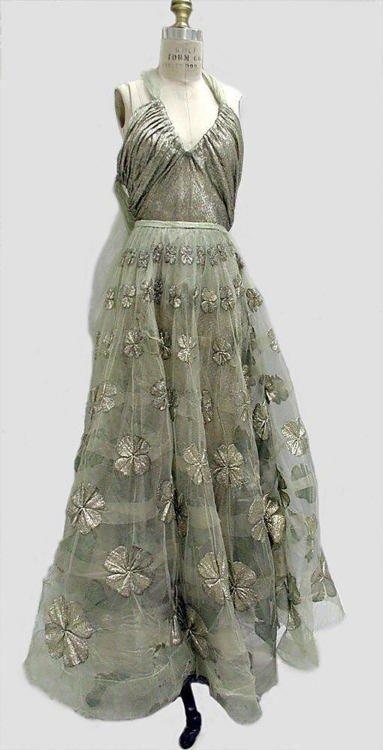
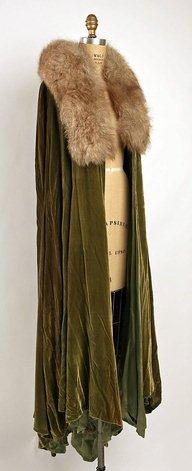
The bias cut quickly emulated in the Paris couture before World War II, but Madeleine Vionnet’s influences didn’t stop there. Geoffrey Beene, Halston, and other Americans in the 1960s and 1970s, Azzedine Alaïa in France, and Japanese designers Issey Miyake and Rei Kawakubo in the 1970s and 1980s used the techniques of Madeleine. Mikaye and Kawakubo were alerted to Madame Vionnet by her strong presence in The 10s, 20s, 30s exhibition organized by Diana Vreeland for the Costume Institute of the Metropolitan Museum of Art in 1973 and 1974.
Since 2006 the label Vionnet is in operating again. It has already employed many different designers, starting with of Sophia Kokosalaki (a ‘draping genius’ herself). By now Vionnet is designed by Rodolfo Paglialunga, who has been the womerswear designer for Prada for 13 years.
.
The best book written about Madeleine Vionnet
“Vionnet’s passion and spirit have been carried on by Mrs. Betty Kirke… Although many people were aware of the designer’s greatness, researching and writing the book was a difficult task which no one had dared to undertake in the past. Thanks to Mrs. Kirke, we are able to preserve and to pass on the precious legacy of Madeleine Vionnet.”
Issey Miyake from the foreward to “Madeleine Vionnet” by Betty Kirke
to order at: http://www.bettykirke.com/
.
This Vionnet Pattern book is written in Japanese, so advanced skills are needed to understand the patterns.
.
Short video of the 2009 exhibition in Paris
.
.


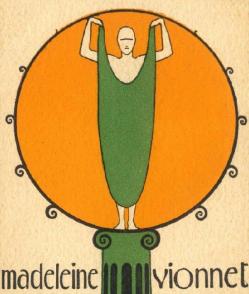
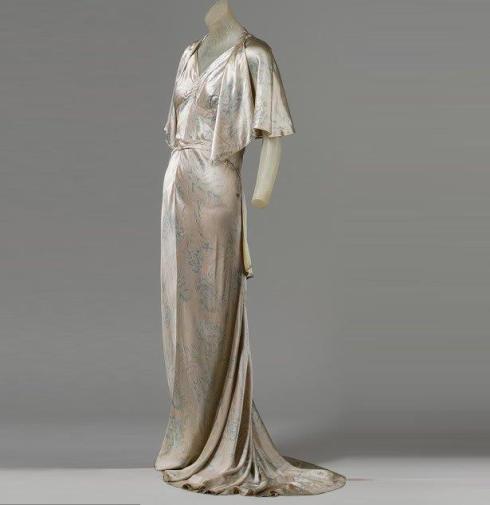
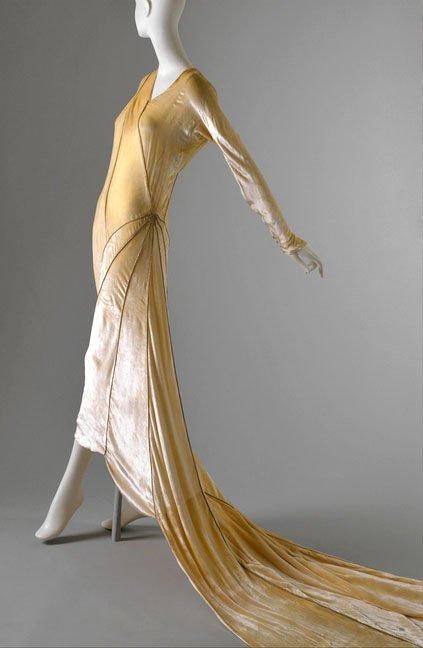
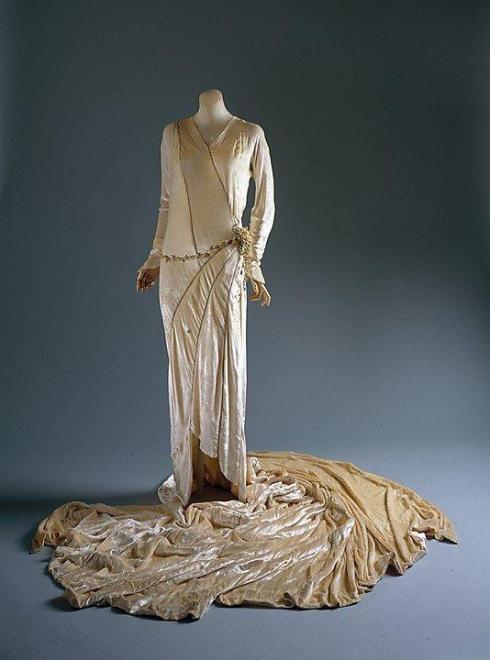
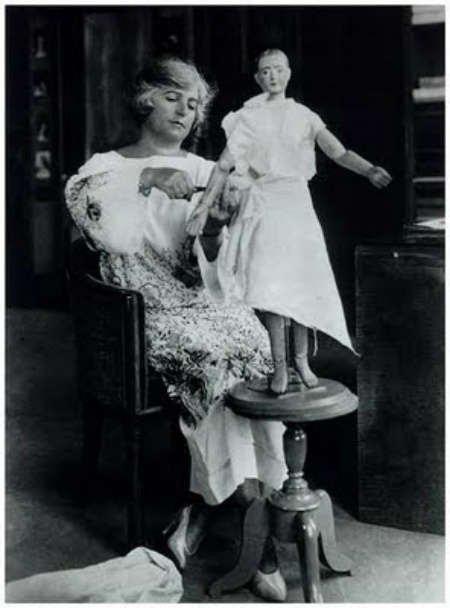

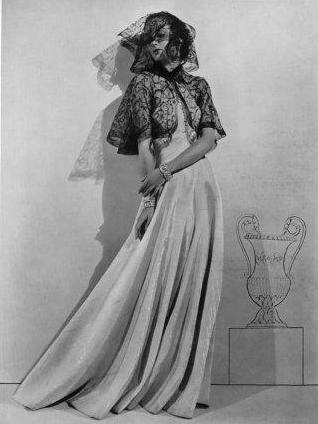


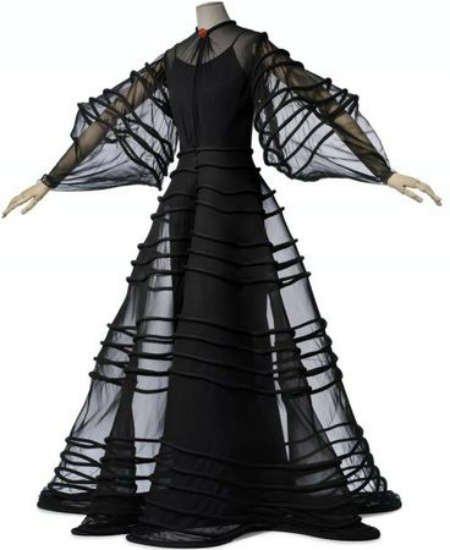

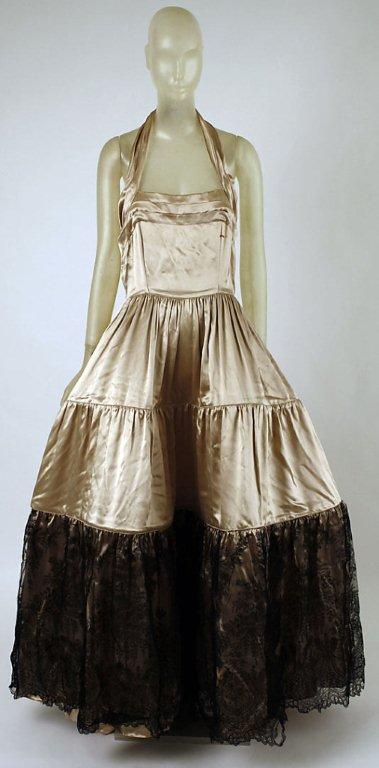


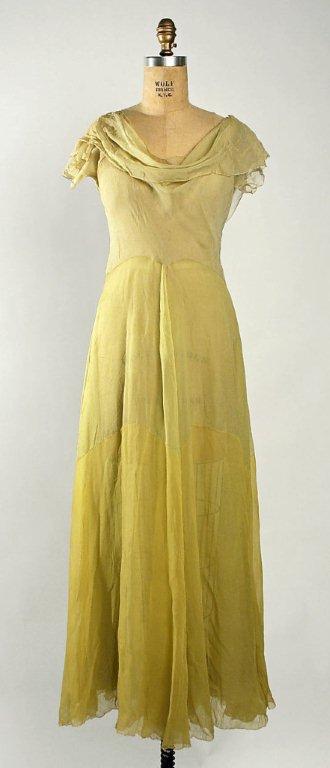
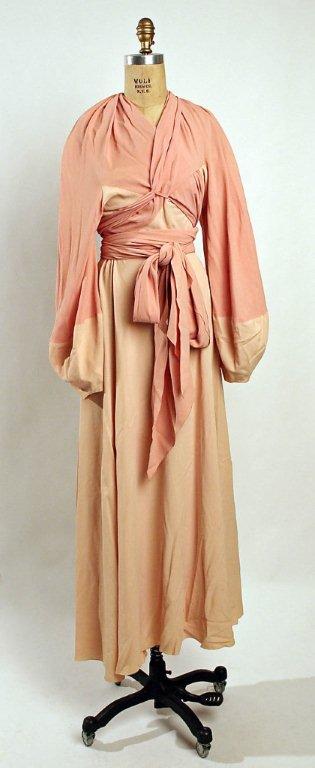



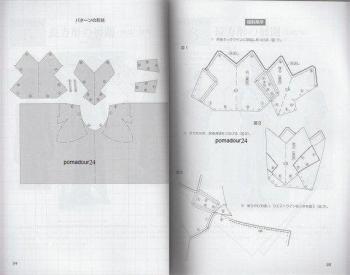


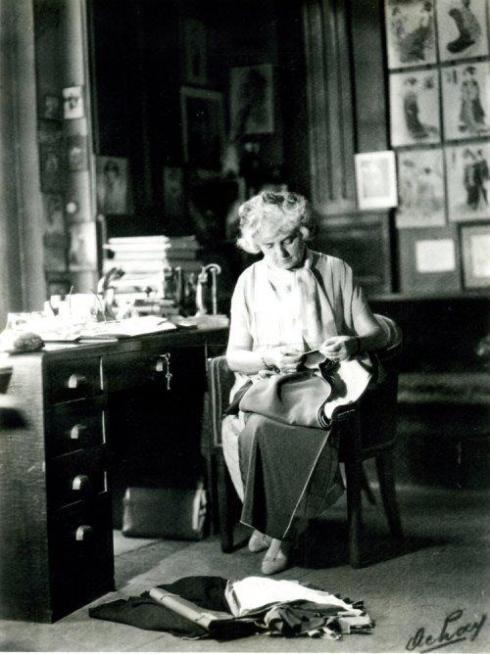


Reblogged this on Sophea Bailey and commented:
This blog post has some really excellent examples of bias cut dresses and is an interesting insight into Madeleine Vionnet, the woman who is credited as the inventor of the bias cut and although it had already been explored by other makers, she really took it to new heights as you can see in this blog post.
Aaah, every time I see her work I am flabbergasthed… Thank you for this beautiful post. 🙂
Thank you for an interesting topic, Its always a pleasure to share an exp.. And we are open for sharing too.. We’ll be glad to see you!
Reblogged this on justusvegadotnet and commented:
Gaining a lot of inspiration from my research paper. Diving into fashion history a bit and loving it.
Thanks for ones marvelous posting! I definitely enjoyed reading it, you might be a great
author.I will remember to bookmark your blog and will eventually
come back very soon. I want to encourage you to continue your great writing,
have a nice weekend!